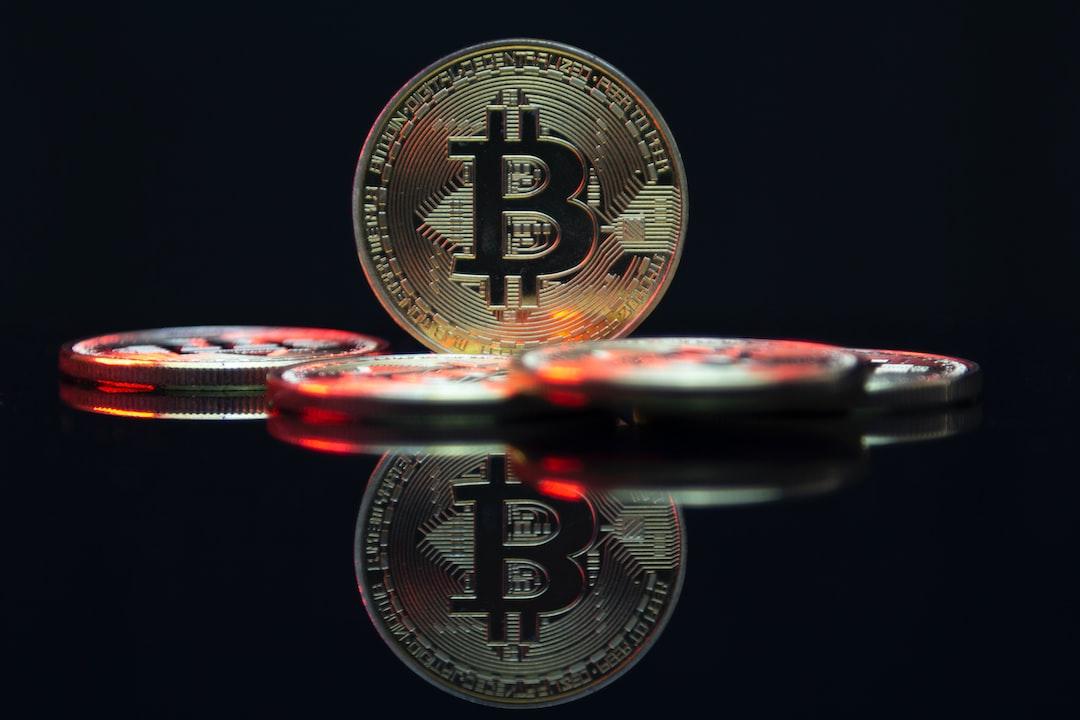The increase in the US Consumer Price Index (CPI) in April was smaller than in March, and the year-on-year increase in core CPI reached a nearly three-year low. Wall Street investment banks view the slowing inflation data as an indication that the Federal Reserve may cut interest rates in July, or at the latest, in September, even if the April CPI data does not prompt a rate cut in July.
The data released by the US Bureau of Labor Statistics last night showed that the year-on-year increase in the US CPI in April was 3.4%, in line with market expectations. It was the first time since January this year that the annual growth rate slowed down. The year-on-year increase in core CPI, which excludes food and energy costs, fell to 3.6%, the smallest increase since April 2021. This has revived hopes for a rate cut by the Federal Reserve and led to simultaneous increases in US stocks and Bitcoin.
According to data from the CME Fedwatch interest rate futures market, the current market estimates are as follows:
– The probability of the Federal Reserve maintaining the current interest rate in June is 97.3%, with only a 2.7% probability of a rate cut.
– The probability of maintaining the current interest rate in July is 67.1%, with a 32% probability of a rate cut.
– The probability of maintaining the current interest rate in September is only 25.5%, with a 53.8% probability of a rate cut.
After the release of the CPI data, Wall Street investment banks expressed their views that this data opens the door for a rate cut by the Federal Reserve. They believe that even if the April inflation data does not prompt a rate cut in July, it is enough to initiate a rate cut in September. The following are the first reactions from Wall Street investment banks:
– JPMorgan Chase: The April CPI data is a relief, indicating that inflation is returning to a downward trajectory. JPMorgan Chase still maintains the view that the Federal Reserve will cut interest rates for the first time in July, but it may need to see further cooling of labor market activity to realize this.
– Goldman Sachs: Based on the latest PPI and CPI data, Goldman Sachs still expects the Producer Price Index (PPI) to rise 0.25% in April, and continues to anticipate a 25 basis point rate cut by the Federal Reserve in July, followed by quarterly rate cuts.
– Morgan Stanley: Compared to the first quarter of this year, the CPI data has slowed down, providing convincing evidence that the Federal Reserve needs to begin cutting interest rates as soon as possible. Morgan Stanley still expects inflation to slow down further in the future, especially in the second half of 2024, and predicts that the Federal Reserve will cut interest rates for the first time in September this year.
– Wells Fargo: Wells Fargo believes that the Federal Reserve still needs several more moderate inflation data points to have enough confidence to start cutting interest rates. Wells Fargo expects the Federal Reserve to cut interest rates for the first time in September, but any new turbulence along the way could delay the timing of the rate cut.
– Wolfe Research: Wolfe Research believes that the hawkish stance of the Federal Reserve has peaked, and expects recent inflation and economic growth data to soften, giving the Federal Open Market Committee (FOMC) reasons to cut interest rates in September and December.
– RBC Capital Markets: RBC Capital Markets states that the April CPI data is somewhat relieving, but not worth celebrating. Although price pressures have eased slightly, they are still rising overall, and the core indicators remain high. RBC Capital Markets expects the Federal Reserve to remain cautious for most of this year and then choose to cut interest rates for the first time in December, depending on whether CPI data continues to decline during this period.


